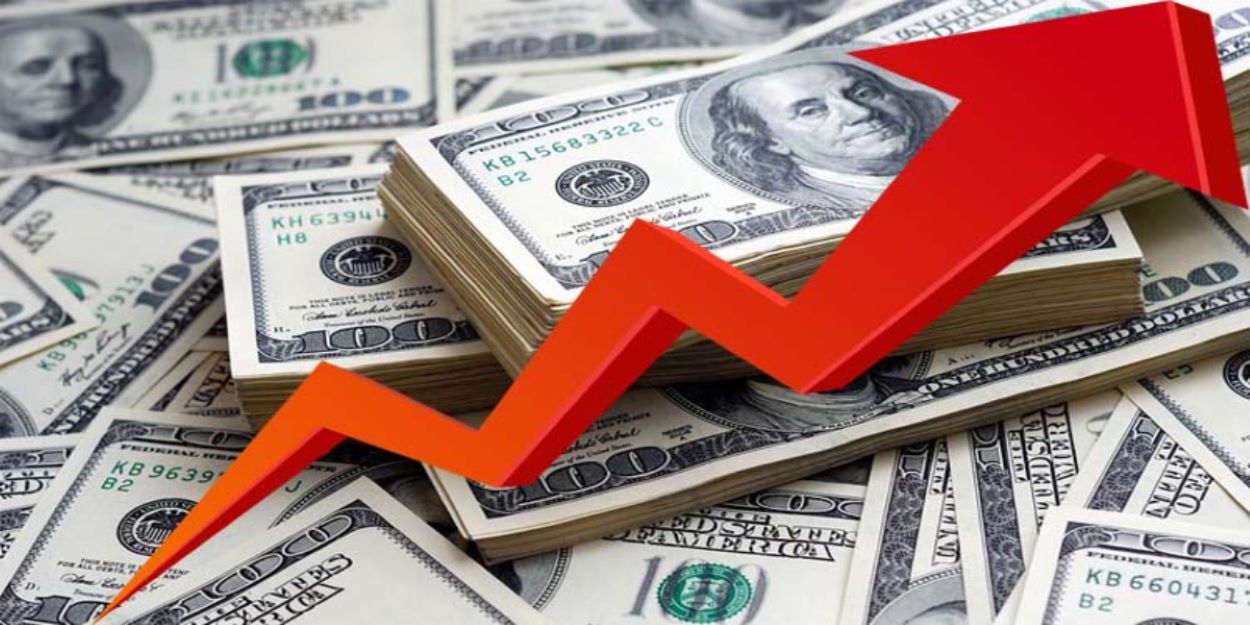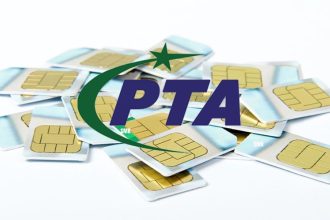The gap between the interbank and open market rates of the dollar is widening, posing a significant challenge for the government. As per the Standby Arrangement (SBA) with the International Monetary Fund (IMF), the differential must stay below 1.25%. However, recent data shows this difference has surged to 5.6%. This is particularly concerning given that a primary condition of the $3bn SBA, recently inked, emphasizes a market-determined exchange rate. Following the IMF agreement, the dollar has risen significantly, with a noted 5.6% difference between the interbank rate and the unofficial open market rate.
Future Implications and Analyst Perspectives
Currency experts are skeptical about the potential for narrowing this gap within the stipulated period. Atif Ahmed, a prominent currency dealer, expressed doubts regarding the State Bank’s ability to meet the 1.25% differential target when the IMF reviews the SBA in November. Additionally, there are inconsistencies in dollar rates quoted by different entities. While the Exchange Companies Association of Pakistan listed the dollar at Rs315, market rates hovered between Rs319 and Rs321. The growing influence of the grey market further complicates the scenario.
Analysts speculate that the government faces an arduous task of persuading the IMF for the subsequent SBA instalment, predicting a thorough review of the country’s economic performance and key indicators. The intention behind the SBA is to stabilize the economy and foster space for developmental and social spending.






